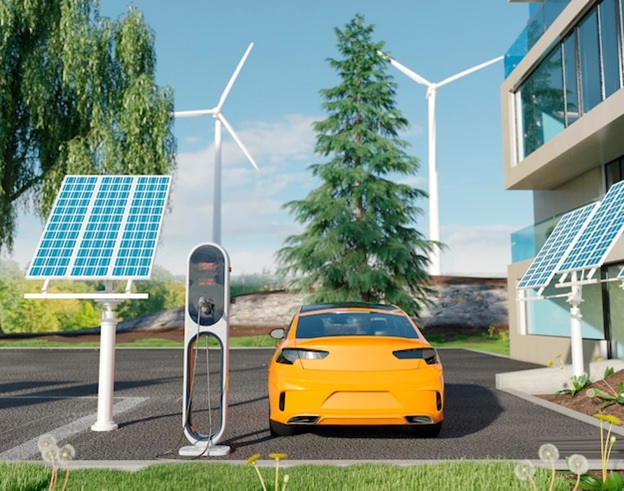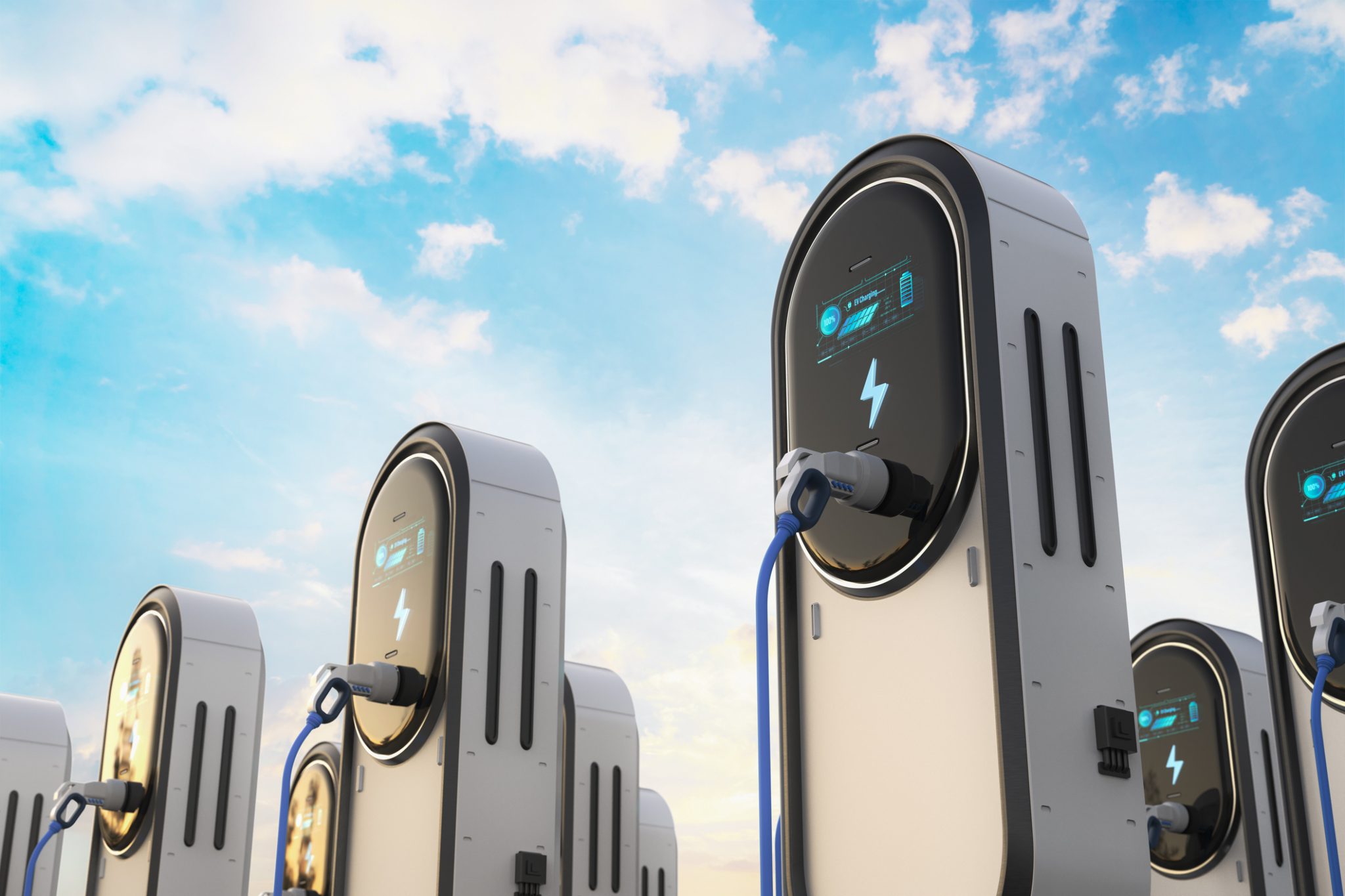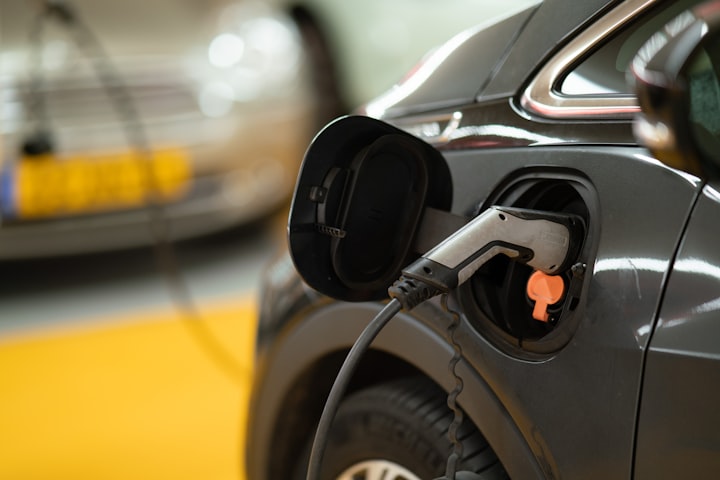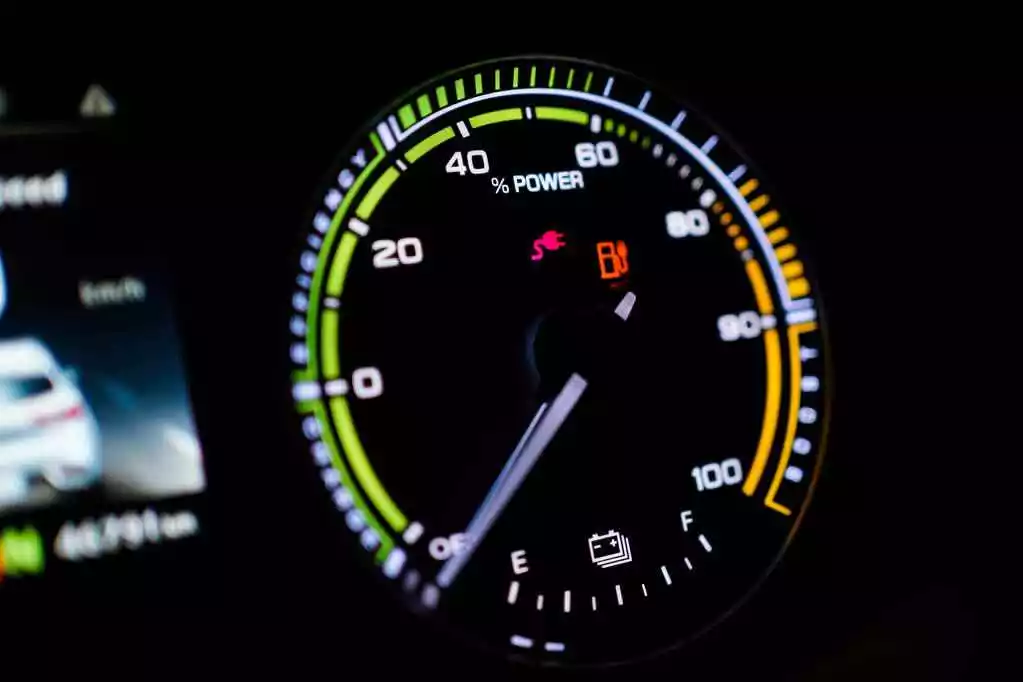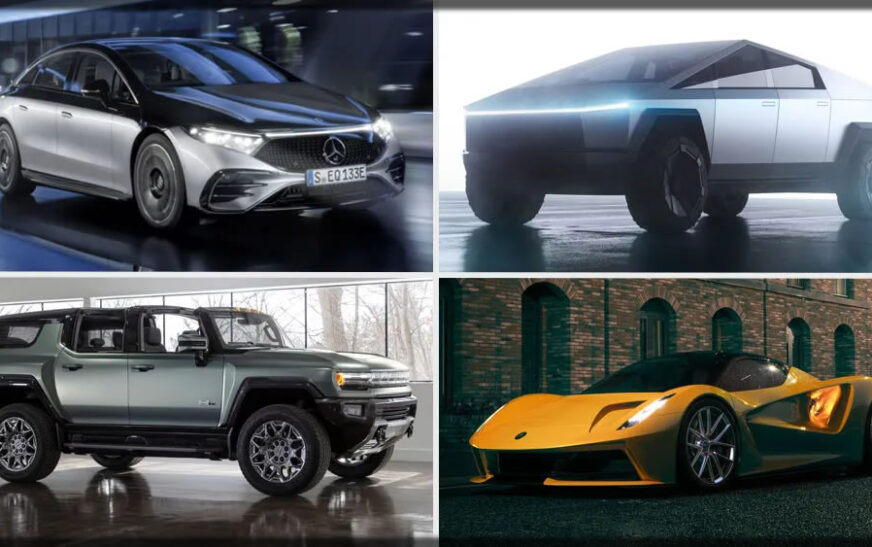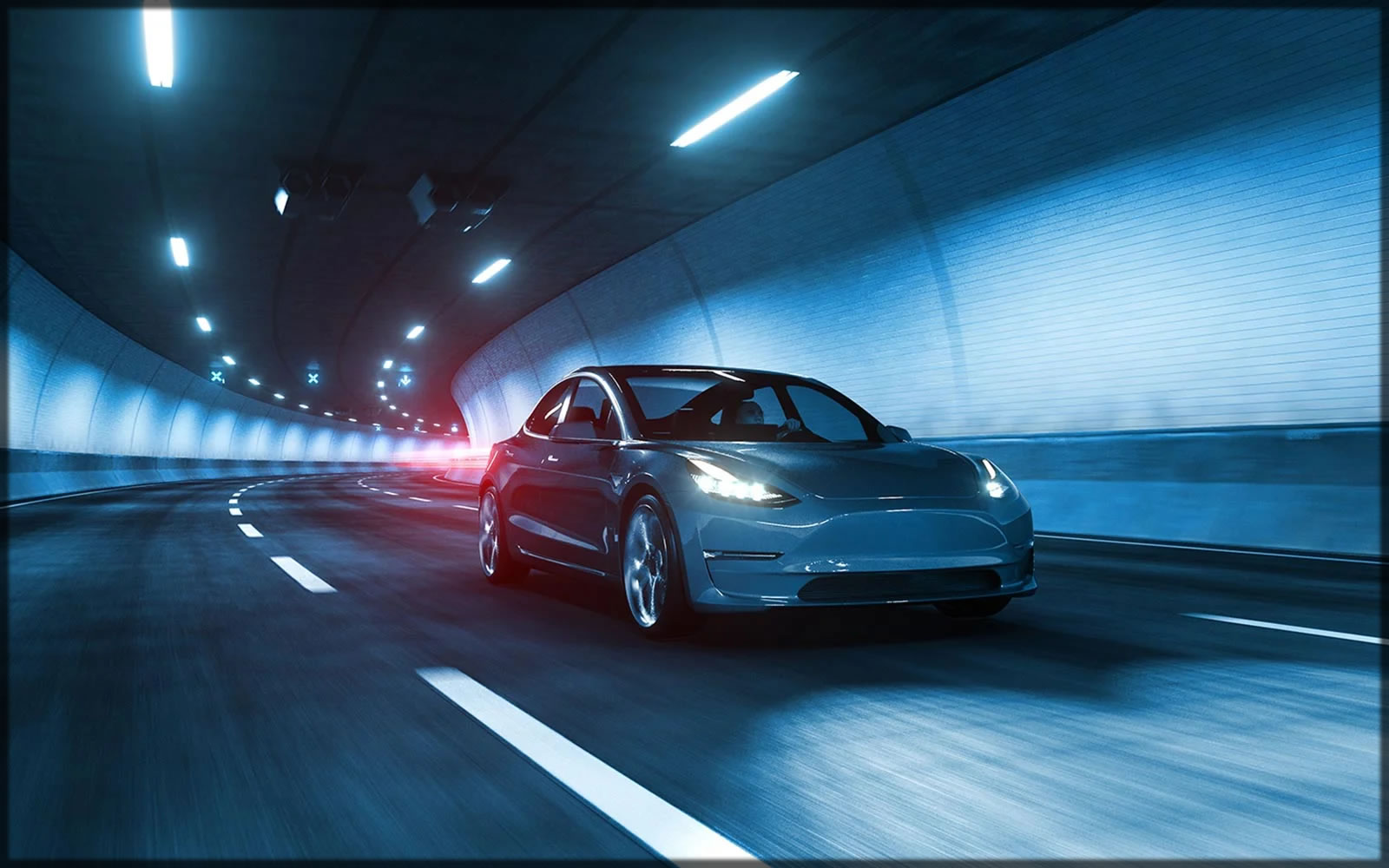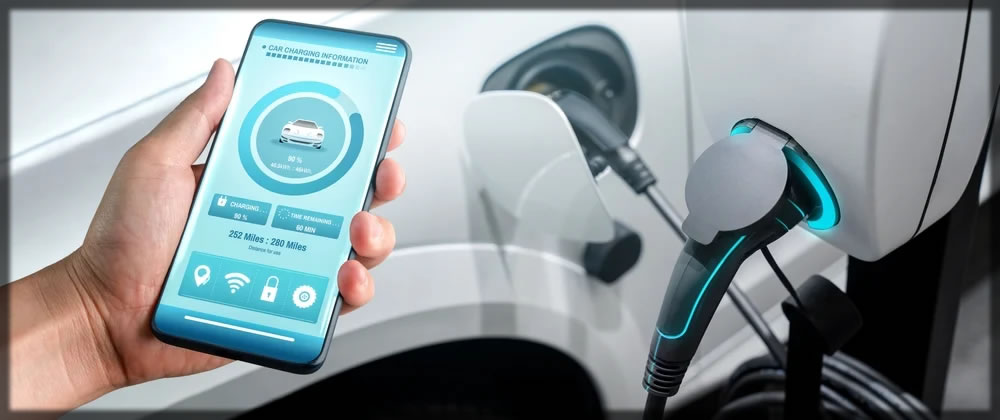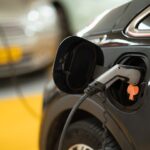How Electric Cars Are Changing the Auto Sector. The automotive sector is transforming, with increased use of electric cars (ECs) at its helm. With growing concerns regarding climate change, inflation in fuel prices, and technological advancement in batteries, electric cars are changing how humans view transportation. In this article, we will explore the most significant ways in which electric cars are changing the car sector and its overall contribution.
1. Transition towards Sustainability
One of the most important contributions of electric cars is towards a cleaner environment and living environment, in contrast to traditional gasoline-powered cars, with zero tailpipe emissions, and, in consequence, less greenhouse gases and less air pollution, contributing towards greenhouse emissions curbing and cleaner urban atmosphere, and overall, a cleaner living environment and environment.
The governments of nations worldwide are offering incentives for EVs in terms of subsidies tax credits, and stricter controls over emissions. Norway, Netherlands, and China are leaders in terms of EVs, with governments imposing policies for a transition towards cleaner transportation. Automobile companies, too, are focusing on becoming environmentally friendly with environmentally friendly materials in car production and efficient use of energy in production processes.
2. Decline of Internal Combustion Engines (ICEs)
The growing demand for EVs is undermining traditional ICE cars’ dominance, and larger car companies such as Ford, General Motors, and Volkswagen have gone on record with a timeline for phasing out ICE production in favor of electric variants, with ambitious electrification targets in its wake.
The drop in ICE cars is having a deep impact in car manufacturing, supply chains, and even in fuel-related industries such as oil and gas. Gas pumps will become a thing of the past, and demand for oil will drop in the long-term future. All of this is spurring companies in the energy sector to move towards renewable sources of energy such as solar and wind in an attempt to survive in a new environment.
3. Innovation in Battery Technology
The range and cost of electric cars depend, in large part, on battery technology. Innovations in lithium-ion and solid-state batteries drive range, charging, and overall performance. Tesla, CATL, and Panasonic, for example, have enormous investments in researching batteries, with an eye towards developing batteries with long lifespans and lowered costs for storing energy.
The price of producing batteries continues to drop, and with it, EVs have become even more accessible for a larger base of buyers. Emerging battery chemistries, such as lithium-iron-phosphate (LFP) and sodium-ion batteries, in development, with a potential to potentially replace traditional lithium-ion batteries with added security and longevity. Recycling processes for recycled EV batteries are under development in an effort to minimize impact and reuse valuable materials.
4. Expansion of Charging Infrastructure
A critical to widespread use is having charging infrastructure in position. Public and private sectors have begun investing in expansive networks of chargers in an attempt to counteract range anxiety and allow for long distance driving for EV owners. Fast-charging technology continues to become ever more efficient, with chargers capable of refilling an EV’s battery to 80% in under 30 minutes. Wireless and two-way charging is new and emerging technology that can go a long way in revolutionising EV infrastructure even more. With in-road and in-parking-space installed charging mats, EVs can charge with ease, not even having to plug in. Two-way charging, or V2G technology, can enable EVs to sell electricity to the grid during peak demand, optimising efficiency and grid stability.
5. Automotive Business Model Innovation
Electric cars have not only changed driving but have changed car companies’ operations too. Traditional car dealers have begun altering sales strategies, including direct-to-consumer sales started by Tesla. Most car companies have embraced such a model, with customers ordering cars via the web and having them delivered at their doorstep.
Also, subscription-model buying and leasing options for batteries become ever more common, providing even greater freedom for buyers. Nio and Renault, for example, have battery-swapping stations, in which owners can swap out exhausted batteries for full ones in a matter of a few minutes, minimizing downtime and ease of use. Ride-share and autonomous car operators will also put even more EVs onto the road, minimizing operational costs and emissions.
6. Labourforce and Labour Market Transition
The move towards electrified transportation is having an impact on jobs in industries all over the planet. As traditional carmaking work drops off with less sophisticated EV drive trains, new ones in battery assembly, software engineering, and charging infrastructure upkeep become available. Auto companies are investing in retooling and retooling workers for an EV future.
Service and maintenance professionals and technicians must also adjust to new skill sets, as EVs have different maintenance schedules and requirements than ICEs. Software engineers, meanwhile, have become increasingly critical in car development, as EVs are increasingly dependent on sophisticated software for battery management, connectivity, and autonomous driving capabilities.
7. Integration with smart technology
Electric cars occupy a position at the technological cutting edge, with cutting-edge technology such as autonomous driving, artificial intelligence, and high-class connectivity capabilities. Some EVs have over-the-air software update capabilities, through which car performance can be upgraded and new capabilities added remotely. All such technological integration is transforming consumption behavior and raising new benchmark for the automotive industry.
AI-powered driving assistants, including parking and adaptive cruise, increasingly feature in EVs. Full-autonomous cars, even, are in quick development, with Tesla, Cruise, and Waymo working towards developing autonomous technology. Smarts charging, in-car app integration, and enhanced infotainment capabilities make driving an EV even more convenient and easier.
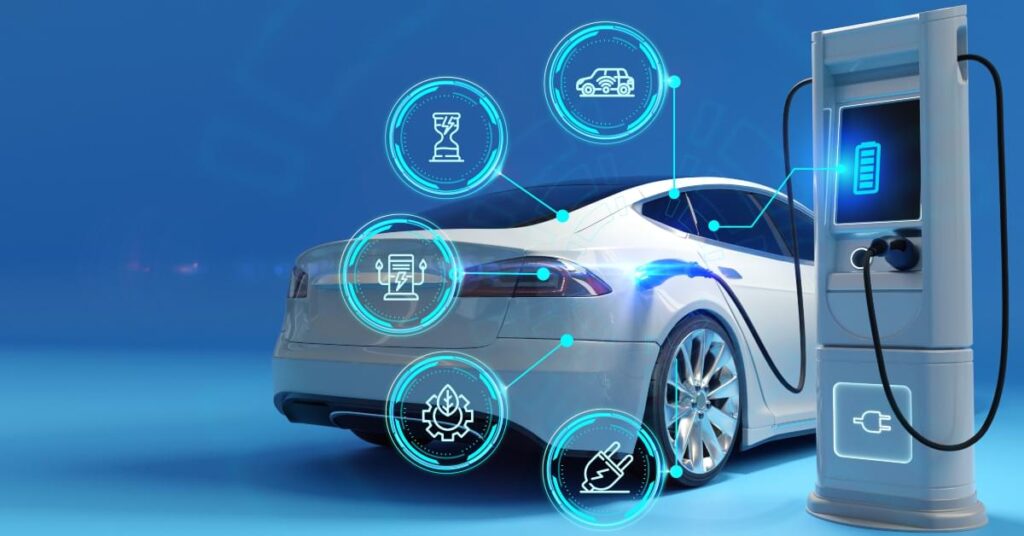
Conclusion
Electric cars have moved out of a niche and have become a driving force in the global automotive industry. With technology improvements in batteries, growing infrastructure, and heightened acceptance, EVs will soon outpace conventional cars in future years. As governments and automotive companies increasingly invest in electrification, future transportation will become cleaner, more efficient, and technology-intensive. The transition towards electrified mobility is not a fad but a future for automotive companies. Economic, environmental, and technology implications of EVs will shape the future of automotive for years to come, and one of the most important eras in automotive times will go with it.

